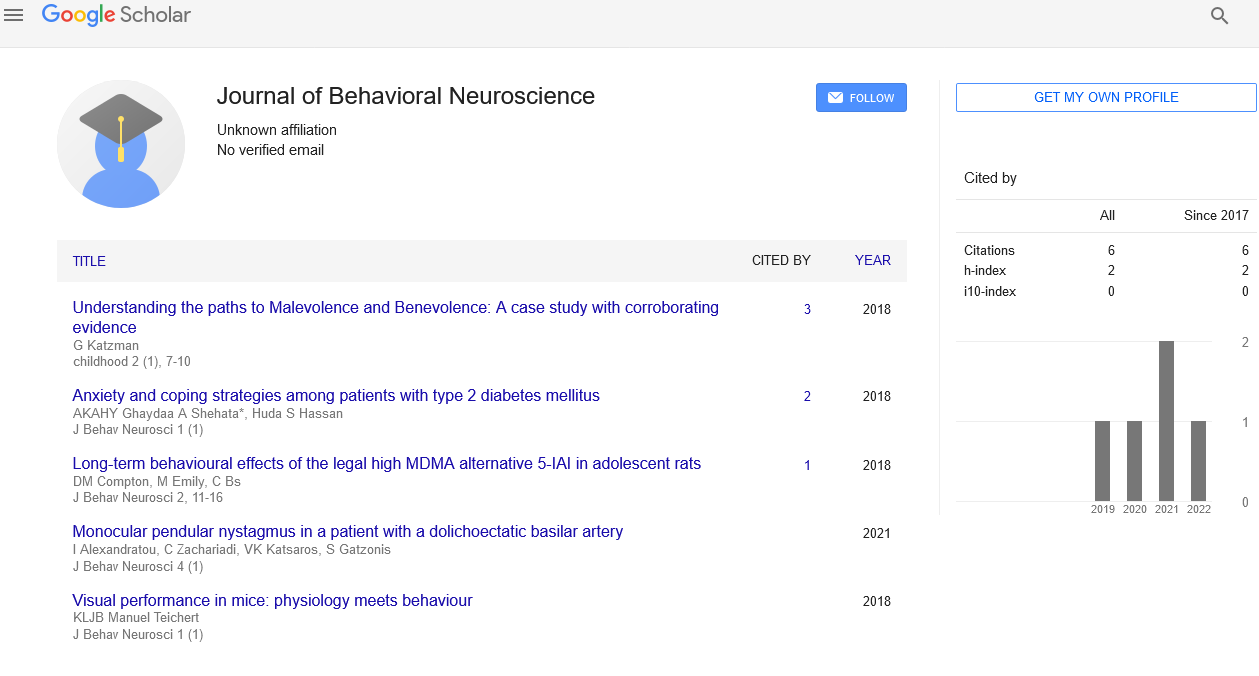Decision making and logical reasoning
Received: 16-Jul-2021 Accepted Date: Jul 23, 2021; Published: 29-Jul-2021
Citation: Tripathi P. Decision making and logical reasoning J Behav Neurosci Res.2021;4(4):16.
This open-access article is distributed under the terms of the Creative Commons Attribution Non-Commercial License (CC BY-NC) (http://creativecommons.org/licenses/by-nc/4.0/), which permits reuse, distribution and reproduction of the article, provided that the original work is properly cited and the reuse is restricted to noncommercial purposes. For commercial reuse, contact reprints@pulsus.com
Editorial
Precision forms a fundamental law of science in which all the important variables involved in the calculation must be considered before reaching a precise or complete conclusion. But often this is not the case, for in most extreme cases there will always be some degree of inaccuracy or uncertainty in any of the conclusions reached with the actual findings. This uncertainty is the result of unintended, deliberate, or unintentional variability in statistics or ambiguities in data analysis. This problem has presented one of the greatest challenges facing students, philosophers, and scientists over the centuries. Common sense is an essential element of an intelligent system. It acts as a brain after the process of making system decisions. Logical consultation methods rely heavily on a statistical analysis of historical data like previous knowledge or experience from simple opportunity calculations to more complex calculations such as the Bayesian and Nash equilibrium method. These techniques have been translated into well-established data mining methods, especially in the field of neural networks. However, rational analysis strategies, when combined with consistent configurations, reduce the power of the dynamic response system to changes in the environment. In a smart system, this consistent adjustment is the core of the system’s self-confidence. This context often requires third-party intervention to ensure that the system is in line with the current situation, as it does not have the power in itself to change its core belief. The system must know its environment, where a strong decision can be made to change this fundamental belief in the event of a major change in the environment. Therefore, many approaches have been developed to compensate for the failure of other rational ways to provide an effective solution without human intervention, in the case of limited or no historical data. Strategies using the innovative actions to develop these approaches have been made. Attractive and Inclusive Consultations are widely accepted in the basic logical analysis of modern science especially in the prediction of investigative studies and mathematical analysis. Drawing assumptions based on a set of facts, while performance is the production of a set of facts. Output thinking provides a complete and specific solution, where there are two types of responses, contradictory. It is an internalized approach, which controls the overall confidence of the system. It uses a reference index image to search for its answers. A set of instructions is stored in the installed administrative database, which explains how the system should work. Response time, for this reason, is considered to be immediate as we do not perform analytical calculations that may delay response time. This type of response can be identified as the basic intuition of the system. Reasoning induction is based on speculative evaluation and probability of selection options compared to historical data using the best selection strategy.





